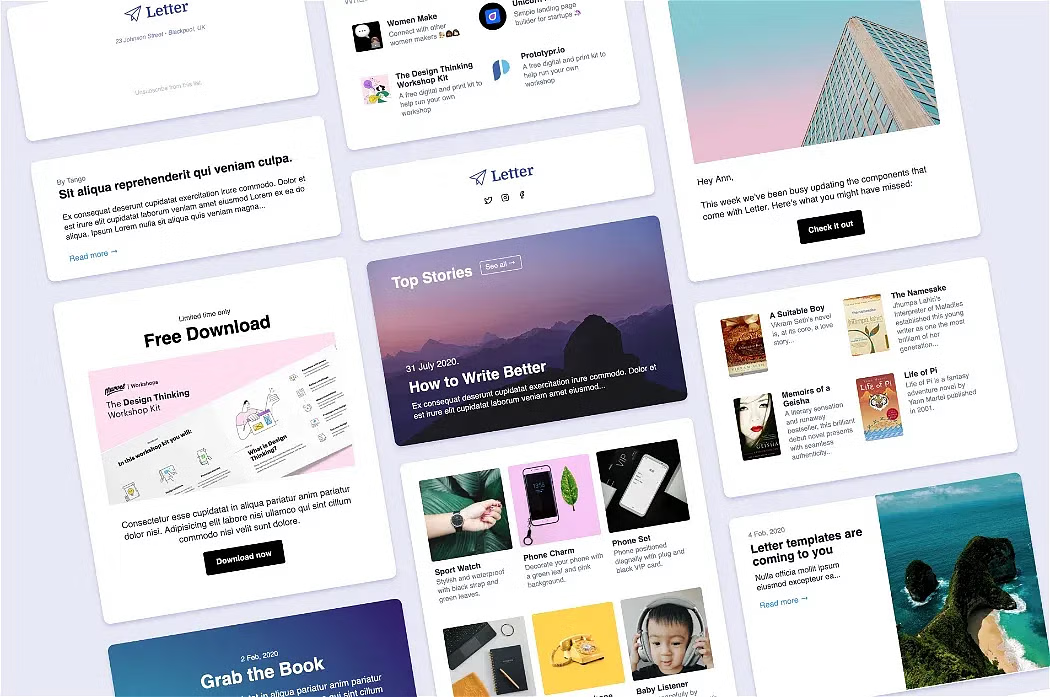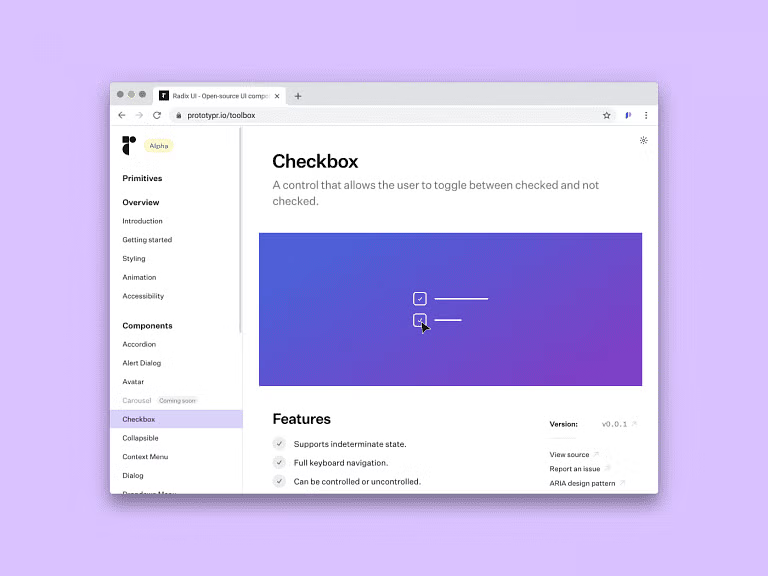The Neurodiversity Design System (NDS) is a set of standards and principles that merges neurodiversity and user experience design to create accessible learning interfaces for all. Primarily aimed at Learning Management Systems, the NDS offers a comprehensive set of tools to cater to unique needs of neurodiverse users and learners.

Design Principles
At the core of the NDS lies a collection of design principles carefully crafted to address the requirements of neurodiverse individuals. From enhancing font readability to optimizing color palettes, NDS covers various aspects essential for creating inclusive and user-friendly interfaces. Some of these are (but there's much more):
Personas:
Meet a diverse range of personas, including Competent Katie, Talented Tama, and Tenacious Tania, among others – each representing unique user profiles that benefit from the inclusive design strategies of the NDS.
Numbers: Fundamental principles revolving around numbers to ensure that data representation is easily comprehensible for all users.
Typography: Fonts and typography to improve legibility and accessibility.
Colour: How color choices can impact user experience and strategies to create visually appealing yet accommodating interfaces.
Buttons, Links, Inputs: Insights on designing interactive elements that are intuitive and instinctive for navigation.
Interface: Focus on structuring interfaces that are easy to navigate, fostering an enjoyable and efficient learning experience.

Build more inclusive interfaces
In conclusion, the Neurodiversity Design System by Will Soward is an extensive resource that not only promotes inclusivity but also enhances the overall learning experience for individuals with diverse neurological profiles.
Through insightful articles, the NDS explains the rationale behind its design principles, shedding light on the significance of neurodiverse-friendly design and its positive impact on user engagement and learning outcomes.

















